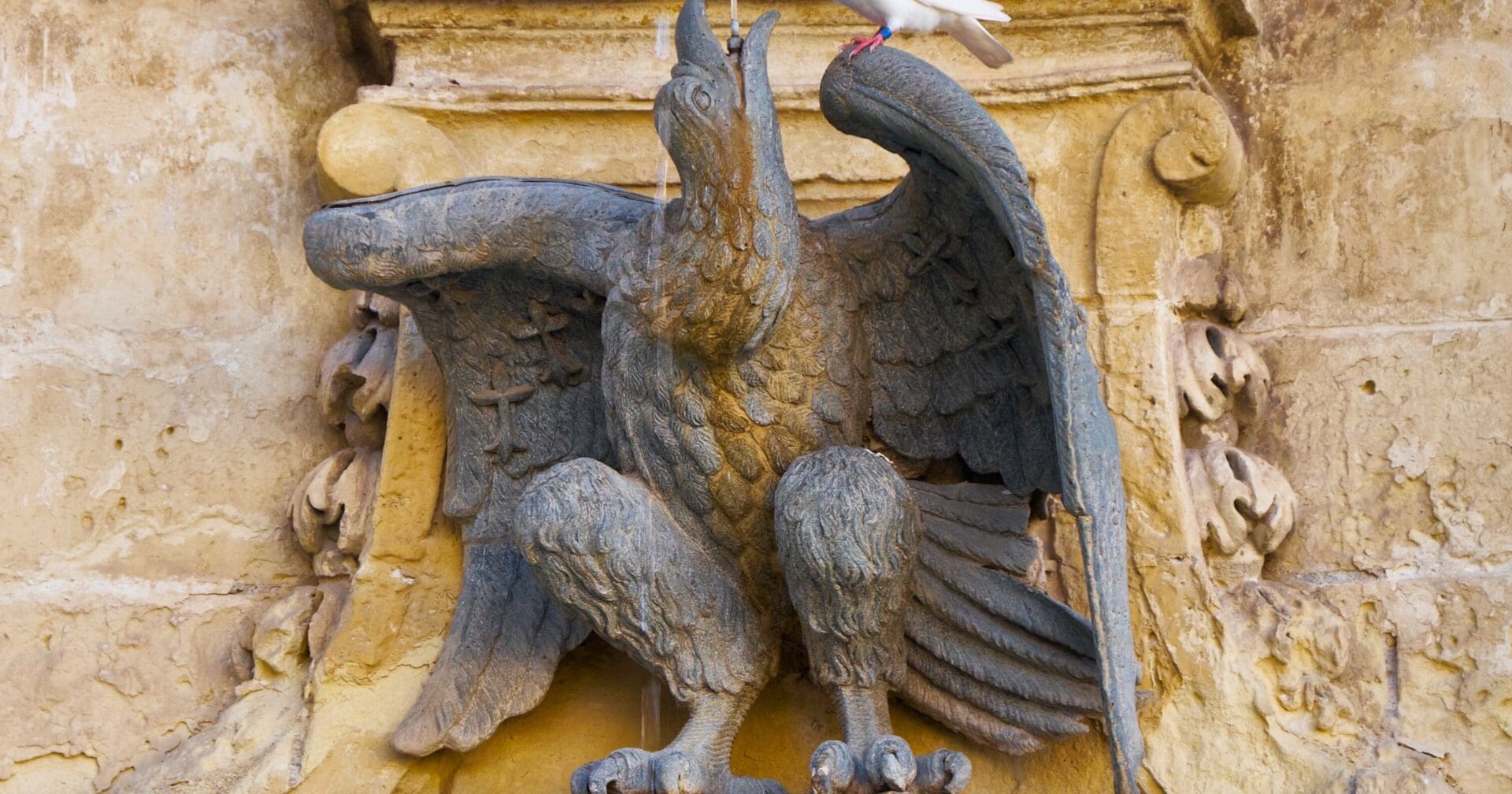In the early 16th century, the Knights of St. John, also known as the Knights Hospitaller, were granted the islands of Malta, Gozo and Tripoli by Emperor Charles V.
This arrangement was not actually a simple gift, but rather a feudal contract that required the knights to pay an annual tribute of one falcon to the emperor.
The tribute of the falcon was more than a token gesture; it symbolized the knights’ loyalty and service to the Holy Roman Emperor. Falcons were highly prized in medieval Europe, especially among nobility who practiced falconry. The Maltese falcon (from which it gets it’s name), in particular, was renowned for its prowess, making it a fitting tribute to signify honor and respect.
This annual payment took place every All Saints’ Day and was presented to the Viceroy of Sicily, representing the emperor. The agreement also included conditions that the knights would not engage in aggression against Sicily and would uphold certain laws and privileges for the local inhabitants.
The strategic importance of Malta cannot be overstated. Positioned in the Mediterranean, it served as a critical base for defending against Ottoman expansion. By stationing the Knights Hospitaller there, the emperor secured a dedicated ally to safeguard Catholic interests in the region.
This tradition of paying the annual falcon continued until 1798, when the Order was expelled from Malta by Napoleon’s forces. This unique tribute is definitely an interesting chapter in the history of the medieval Church!
Photo credit: Serg Zastavkin / Shutterstock.com



















